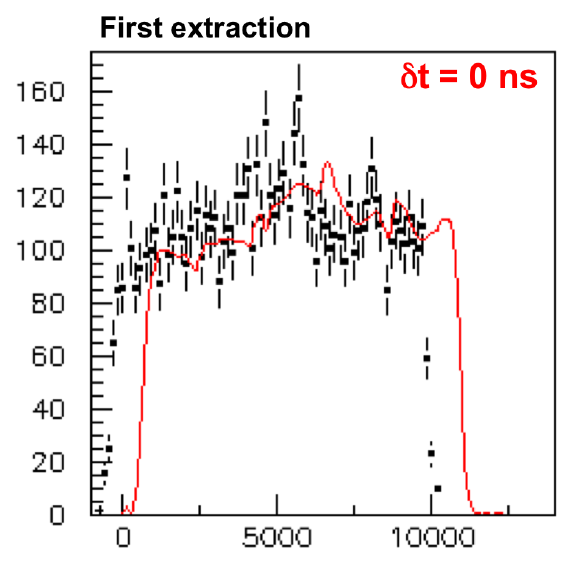Yo Momma's so fat this counts as TWO blog posts
Posted by David Zaslavsky onI have a bunch of good posts lined up for later this month (and beyond), but since I’m busy packing for Thanksgiving travels today, I haven’t had time to polish them up properly. So have some marginally physics themed fat jokes instead. (It should go without saying that these are not to be taken seriously)
-
Yo Momma so fat, every time she turns around, the Earth skips a day
-
Yo Momma so fat, she really is a spherical cow
-
Yo Momma so fat, she has her own atmosphere
-
Yo Momma so fat, she’s hogging all the Higgs bosons (no wonder the LHC hasn’t found it)

